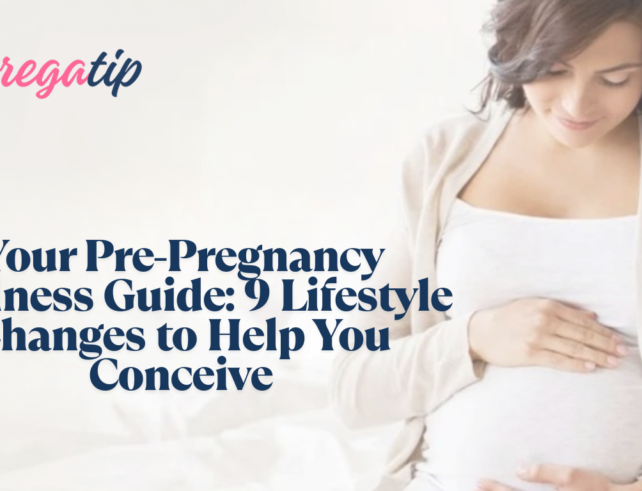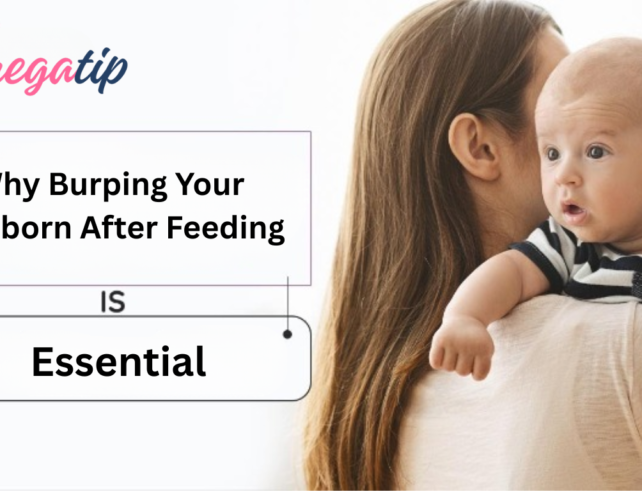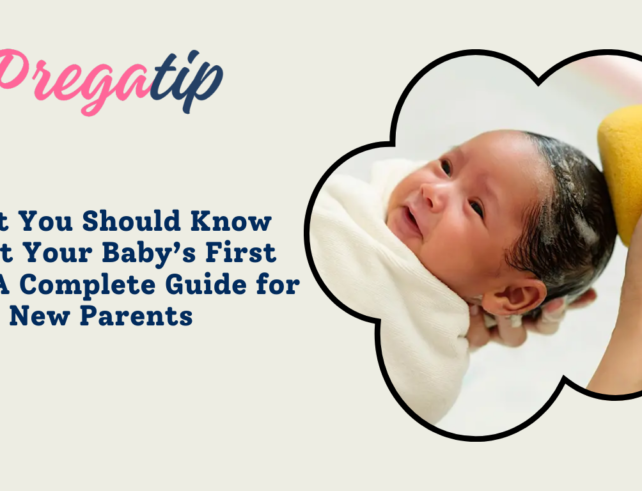Navigating Conception After a C-Section: What You Need to Know


Conceiving after a C-section presents both excitement and challenges for many parents eager to expand their family. This article is dedicated to equipping individuals with the necessary knowledge to comprehend the intricacies of conception after a C-section. Covering aspects from timing and fertility considerations to potential risks and expert advice, we aim to provide a comprehensive understanding of the journey ahead.
Embarking on the path to conceive after a C-section introduces a unique set of considerations and potential hurdles. This guide delves into the meticulous planning involved in preparing for another pregnancy post-cesarean delivery. By comprehending the healing timeline, potential risks, and steps to optimize fertility and physical readiness, this article aims to empower individuals with confidence. For those actively contemplating pregnancy, the initial step towards informed decision-making for their next chapter involves arming themselves with accurate information.
- Timing and Readiness
a. The Healing Process
Following a C-section, the body requires adequate time for healing. It is imperative to grasp the recommended recovery period before contemplating conception. Typically, healthcare providers advise waiting at least 18-24 months before attempting pregnancy again. This duration facilitates proper incision healing and diminishes the likelihood of complications in subsequent pregnancies.
b. Emotional Readiness
Conception after a C-section can evoke strong emotions. It’s crucial to reflect on one’s birth experience and the underlying reasons for the C-section. Ensuring emotional preparedness for another pregnancy and delivery is essential for both partners involved.
- Fertility Considerations
a. Impact on Fertility
A previous C-section generally does not directly affect a woman’s fertility. However, if complications arose during the C-section, consulting a fertility specialist may be prudent. They can assess fertility status, particularly if adhesions developed.
b. Tracking Menstrual Cycle
Maintaining awareness of one’s menstrual cycle is pivotal when planning conception. Ensuring that the cycle has returned to normal post-C-section provides a more predictable timeframe for conception.
c. Understanding Ovulation
Enhancing the likelihood of conception involves understanding the ovulation process. Utilizing ovulation prediction kits and tracking basal body temperature aids in pinpointing the most fertile days.
- Potential Risks and Considerations
a. Uterine Rupture
A primary concern during conception after a C-section is the risk of uterine rupture. While relatively low, this risk can have severe consequences if it materializes. Discussion with a healthcare provider regarding this risk and formulating a birth plan aligned with one’s medical history is advisable.
b. Placental Issues
Individuals with a history of C-section may face a slightly elevated risk of placental problems during subsequent pregnancies. These issues, such as placenta previa or placenta accreta, necessitate close monitoring throughout pregnancy and may impact delivery.
c. Cesarean Scar Pregnancy
Although rare, cesarean scar pregnancies can occur following a C-section. This condition constitutes an ectopic pregnancy where the embryo implants in the C-section scar. Early detection and medical intervention are imperative for a favorable outcome.
- Expert Advice and Preconception Care
a. Consultation with a Doctor
Before embarking on conception efforts, consulting with an obstetrician or healthcare provider is paramount. They can assess individual cases, discuss potential risks, and offer guidance on preparing for a healthy pregnancy after a C-section.
b. Preconception Care
Prioritizing preconception care is essential for individuals planning conception post-C-section. This encompasses maintaining a healthy lifestyle, including proper nutrition and prenatal vitamin intake, and addressing any pre-existing health conditions in consultation with a healthcare provider.
- Preparing for a Safe Pregnancy
a. A Healthy Diet
Adopting a balanced and nutritious diet is vital for a healthy pregnancy. Ensuring adequate intake of essential nutrients supports fetal development and maternal well-being.
b. Regular Exercise
Maintaining regular, moderate exercise fosters overall fitness and prepares the body for the demands of pregnancy. Engaging in suitable physical activity promotes a successful pregnancy journey.
c. Emotional Support
Navigating conception after a C-section can evoke complex emotions. Seeking emotional support through therapy or support groups provides avenues to address concerns or anxieties related to the process.
Conception after a C-section unfolds as a unique journey requiring meticulous planning and consideration. Understanding the healing process, fertility dynamics, potential risks, and seeking expert guidance are crucial for navigating this path successfully. By prioritizing physical and emotional well-being and collaborating closely with healthcare providers, individuals can increase the likelihood of a safe and healthy pregnancy following a C-section. Recognizing the uniqueness of each pregnancy journey and tailoring guidance accordingly fosters confidence and joy in welcoming a new addition to the family.



